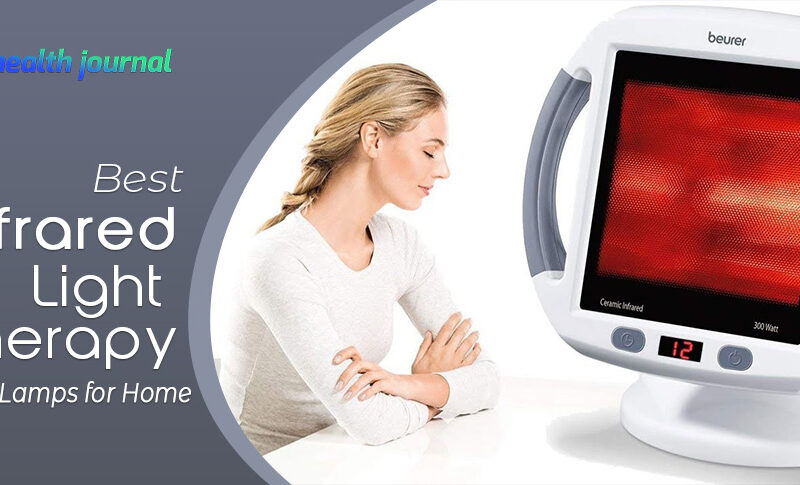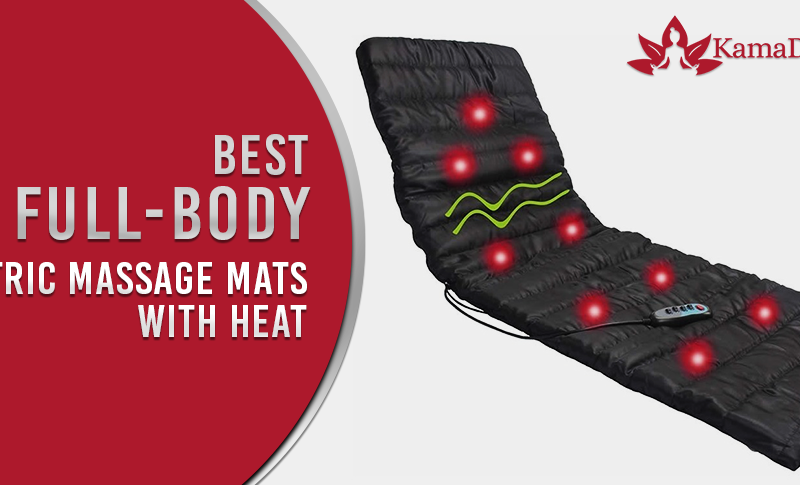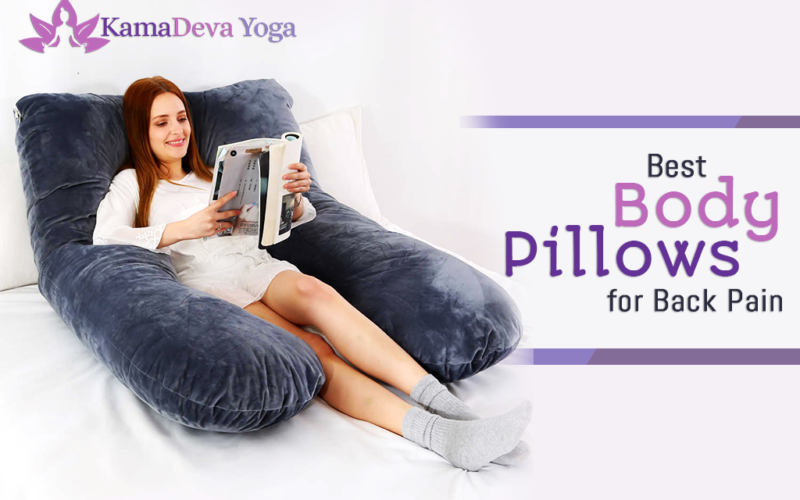This research is supported by you, our readers, through our independently chosen links, which earn us a commission. Learn More.
| Rank | Traction Device | Name | Type | |
|---|---|---|---|---|
| 1 |  | Teeter EP-560 | Inversion table | Check price |
| 2 |  | The Spinal Stretch | Portable device | Check price |
| 3 |  | Nubax Trio | Non-inversion | Check price |
| 4 |  | Chisoft Device | Orthopaedic back stretcher | Check price |
| 5 |  | Teeter's EZ-Up System | Inversion boots | Check price |
Back pain is a condition that afflicts millions of people across the globe. The causes range from muscle strain to severe trauma and each type of back pain requires specific treatment models.
Not everyone who experiences back pain requires medical attention. Some people can use drug-free alternatives to back pain relief like back traction methods for home use. Using drug-free alternatives are ideal for people who are sensitive to conventional medications and treatments for spinal issues.
Back traction is also referred to as non-surgical spinal decompression and is one of the most used forms of therapy by physical therapists and chiropractors.
The scientific study evidence for this treatment isn’t universally supported, it’s been widely used for the fast relief of neck and back pain for decades.
One of the major issues facing those who suffer from cervical, thoracic, and lumbar spinal pain is the costs associated with chiropractic and physical therapy visits.
Not many people can afford three chiropractic treatments per week, therefore, we have some at-home, self-care back traction solutions for you.
Best Back Traction Devices
Before you go out and invest in a device for home back traction, there are some things you should know.
You need to understand which type is best for you and how to safely use each device. Spinal decompression devices are designed to stretch your spine either while sitting, lying on your back, or while hanging upside down. The type of device you choose for back traction therapy is determined by your needs and how comfortable you are with each form of spinal decompression.
We have put together a guide of different types of devices for stretching your back for your consideration.
1. Inversion Table Back Traction
Inversion tables use the weight of your body and gravity to stretch your spine while lying on the device.
You use straps to secure your body on the table and move your body to begin inverting at a low angle of about 30 degrees for starters. Over time, you can increase the inversion angle. However, most users report that they don’t require full inversion to reap the benefits of this form of spinal decompression.
The one thing that we cannot stress enough is you cannot sacrifice quality and safety for a cheap price when you’re choosing an inversion table. Cheaply made inversion tables can cause you to suffer serious injuries.
With some deep research, we have found the best inversion table for back traction under $100. It is the Innova ITX9600 Heavy Duty Inversion Table.
On the other hand, we recommend Teeter Hangup tables above all others – we especially like this one: Teeter EP-560. This is the best overall inversion table we have found to date.
Note: People with hiatal hernias, high blood pressure, inner ear problems, retinal detachment, glaucoma, heart disease, fractures, or osteoporosis should avoid using inversion therapy.
There are alternative spinal decompression devices available for people who suffer with anxiety about hanging upside down or getting on or off an inversion table.
2. Low Back Traction Compact Style
The Spinal Stretch by SpinalStretch is our recommended device for portable back traction. This is a comfortable and compact device that is easy to use at home, at work, or when you travel.
It comes already assembled, so you have nothing to do but take it out and use it. It’s easy to use since all you do is affix it to a door. It requires a fixed point and ratchet system for controlling the tension. It comes with the metal ratchet, traction belt, waist belt, nylon tote bag, and an instructional DVD.
Once you get strapped into the harness and ensure you’re anchor point is secure, you gradually ratchet the device that stretches your back towards your anchor point. It’s that simple.
You can also take it with you when you travel as it is lightweight and comes with its own tote bag.
This is an excellent alternative for people who don’t like inversion therapy and/or require a portable method for back traction. While you get a better stretch from inversion therapy, this is still another way to get a good stretch.
As mentioned above, there are also people with health conditions that should avoid inversion. You should still check with your doctor before using spinal stretch devices as well to ensure this is a good alternative.
3. Non-Inversion Back Traction Device
The number one alternative to inversion tables is the Nubax Trio, a non-inversion table back traction device.
Whether hanging upside down on an inversion table stresses you out, or you have a health condition that isn’t suitable for inversion therapy, the Nubax Trio might be better for you.
This traction device can give you a comparable stretch to inversion without inverting. To use this device, you get on your knees, place your underarms, under the padding then lean forward.
Because this device offers a deeper spinal decompression than inversion, it’s vital that you start slowly and work your way up to an even deeper stretch.
We also find this manufacturer to be stable and reliable since they have never changed their prices and there is no one out there who offers a discount for it. It means they provide a high-quality product.
4. Orthopedic Back Stretchers
If you need a gentler method of spinal decompression, we recommend you try an orthopaedic back stretcher.
They are usually simple, lightweight, one-piece devices that require no assembly and are used with very little effort by lying on them.
An orthopedic back stretcher is designed to fit the shape of your spine and as you lie on it, it realigns your vertebrae gently to enhance your posture and alleviate the compression of your spinal discs, supporting tissues, and nerves.
The best back stretcher we found is the True Back Orthopedic Back Stretcher, which happens to be a top-rated back stretcher and an Amazon Choice product.
Once you decompress your spine with the True Back device, the natural healing nutrients of your body will flow effortlessly to speed healing and boost your rehabilitation efforts.
5. Gravity Boots (Inversion Boots)
Teeter’s EZ-Up Inversion System is another way to do inversion therapy. Gravity boots, otherwise known as inversion boots are a more athletic option to inversion tables.
Inversion boots enable you to hang upside down from your ankles from a metal frame or door.
We recommend the Teeter system, because, just like their inversion table, their gravity boots are FDA approved. They also come with a rack that fits your door frame and an informational ‘healthy back’ DVD.
We still recommend an inversion table over inversion boots for safety reasons. But, if you are adventurous, then this is a fun option, too.
But, be careful.
What Is Back Traction And How Does It Work?
Back traction or spinal decompression gingerly stretches the spine which results in changes to the position and force put upon it.
When the pressure between the spinal discs (gel-like cushions that protect the vertebrae) is relieved, it usually provides immediate relief from back pain.
In theory, this kind of therapy is designed to produce ‘negative pressure’ that may retract herniated or bulging discs.
Back traction also eliminates the pressure put on spinal nerves and tissues to promote hydration and improves the flow of oxygen and nutrient-rich fluids that are crucial to healing the spine.
Who Can Use Home Back Traction?
Back traction is widely used for the relief of herniated discs, muscle spasms, sciatica, spinal stenosis, worn spinal joints, diseased nerve roots in the spine, and injured spinal joints and nerves.
It’s vital to check with your chiropractor, doctor, and/or physical therapist before engaging in back traction at home. If they give you the go-ahead, this guide will help you find what you need for your home treatments.
More Back Traction Benefits
While spinal decompression comes with some proven benefits, other benefits are believed to come from using back traction. These include:
- Improved brain function
- Better complexion
- Enhanced productivity
- Injury prevention
- Stress and depression relief
- Varicose and circulation relief
- Prevent age-related ‘shrinking’
Spinal decompression therapy is also beneficial since it can help prevent back surgeries in some cases.
Warnings & Contraindications
Even though back traction is the process of gently stretching your spine, things can go awry and create more pain and problems if you don’t know how the devices are used.
Here are some warnings to be aware of:
- Always consult with your doctor before using home back traction devices
- If you feel more pain or discomfort, stop using back traction immediately
- If you suffer from health conditions such as a spinal tumor, abdominal aortic aneurysm, fractures, advanced osteoporosis, spinal disc surgery, metal implants, or severe spondylolisthesis, do not attempt back traction
Don’t overdo back traction. Speak with your chiropractor, doctor, and/or your physical therapist before using these devices. Ask them how long to use them and how many times per day they are safe to use. Safety cannot be stressed enough. You don’t want to risk further injury or pain.
Final Thoughts
When you choose your spinal decompression device for back traction, remember to follow the directions to the tee.
Your first order of business when using a back stretcher of any kind it is crucial to align your spine first and avoid twisting during traction. This is not a suggestion. It’s for your own safety.
If you want the effects of back traction to last longer, the professionals recommend that you wear a back brace after spinal decompression. It prolongs the elongation of your spine and offers further pain relief.
The goals of spinal decompression, back traction, is to relieve pain, realign the spine, improve posture, and to boost the flow of vital nutrients that are important to spine health.
Anne Keiley
Latest posts by Anne Keiley (see all)
- 9 Best Inversion Tables for Back Pain (2022 Reviews) - April 19, 2024
- 10 Best Massage Chairs for Back Pain (2024 Reviews) - April 19, 2024
- 8 Best Ergonomic Footrests for Home & Office (2024) - April 17, 2024











My doctor has recommended me getting an orthopedic back stretcher for my back problems. My pain isn’t so severe but it’s chronic and I don’t always have an opportunity to go see my doctor. Relying solely on meds isn’t an option as well. So now I’m researching these devices and looking into buying one.
Nice info